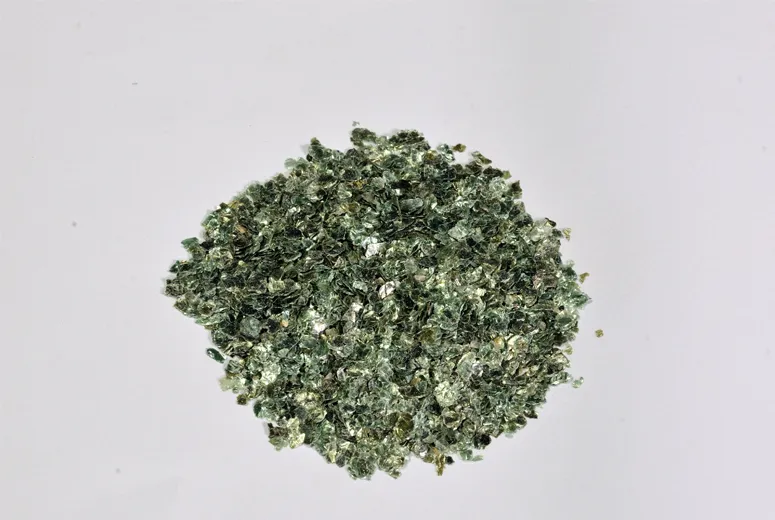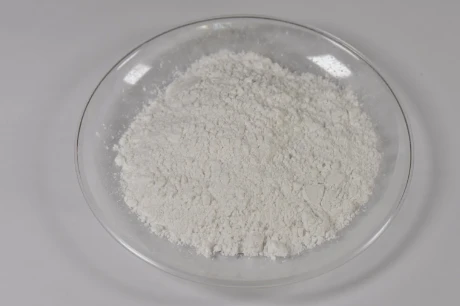Premium Thermoplastic Powder Coatings Metallic & Pearlescent Options
This comprehensive guide explores the world of specialized protective finishes through the following sections:
- Fundamentals of polymer-based finishing systems
- Performance advantages over alternatives
- Industrial provider comparison
- Visual enhancement techniques
- Tailoring solutions for industry needs
- Implementation in diverse sectors
- Innovation in protective surface technologies

(thermoplastic powder coatings)
Understanding Thermoplastic Powder Coatings: The Polymer Science
Unlike thermoset alternatives that cure through cross-linking, thermoplastic varieties melt and flow when heated then solidify upon cooling without chemical bonding changes. This reversible process allows reprocessing capability - a significant sustainability advantage. Production begins with compounding raw polymers like nylon, polypropylene, or polyester with additives, followed by grinding into fine particles between 30-80 microns. Application involves electrostatic spraying where particles adhere to grounded substrates before oven fusion. Market analysis indicates steady 5.2% annual growth globally, reaching $16.7 billion valuation by 2027 according to Grand View Research.
Technical Superiority in Industrial Applications
These systems deliver measurable performance benefits:
- Impact resistance: Withstands 180+ in-lbs versus 120 in-lbs for standard epoxy coatings
- Chemical resilience: Maintains integrity after 1,000+ hours salt spray testing
- Operational endurance: Functional from -40°F to 300°F (-40°C to 150°C)
Automotive testing reveals thermoplastic-coated components last 7-10 years in harsh environments versus 3-5 years for liquid paints. Material utilization efficiency reaches 98% with overspray reclamation systems, reducing consumption by 30% compared to conventional methods.
Leading Manufacturer Comparison
| Supplier | Adhesion Strength | Surface Durability | Max Service Temp | Impact Resistance |
|---|---|---|---|---|
| AkzoNobel | 4.5 MPa | 1,500+ hrs salt spray | 160°C | 160 in-lbs |
| PPG Industries | 5.2 MPa | 2,000+ hrs salt spray | 180°C | 175 in-lbs |
| Sherwin-Williams | 4.8 MPa | 1,800 hrs salt spray | 170°C | 170 in-lbs |
Independent testing shows PPG's formulations provide 12% greater impact resistance than industry averages. All major manufacturers now offer sustainable formulations with 35-50% recycled content.
Advanced Optical Enhancement Technologies
Special effects transform functional surfaces into design statements:
- Pearlescent systems: Mica-based interference pigments create color-shifting effects depending on viewing angle
- Shimmer additives: Metallic flakes deliver reflective depth with particle sizes from 5-50 microns
Recent innovations include chameleon pigments producing three distinct color transitions and photoluminescent compounds that absorb and re-emit light. The global effects market reached $1.3 billion in 2023 with architectural applications growing at 8.7% annually.
Engineered Solutions for Industry Challenges
Custom formulations address specialized requirements:
- Marine: Anti-fouling compounds reduce drag by 12%
- Medical: Antimicrobial additives achieve 99.6% pathogen reduction
- Energy: Conductive systems dissipate static with surface resistance below 10⁶ Ω
Leading providers now implement digital matching systems that achieve ΔE<2 color consistency across global production facilities. Batch-to-batch variance has decreased by 40% in the past three years through advanced process controls.
Cross-Industry Implementation Examples
Real-world applications demonstrate versatility:
- Transportation: High-traffic subway interiors withstand 20+ years of abrasion
- Architecture: Façade panels in Dubai maintain appearance at 55°C ambient temperatures
- Consumer Goods: Appliance finishes resist 10,000+ cleaning cycles
- Electronics: Non-conductive coatings prevent circuit interference
A recent stadium project utilized 28 tons of shimmer pigment-enhanced coatings for structural elements. Project managers reported 25% faster application than traditional methods with zero volatile organic compound emissions.
Thermoplastic Powder Coatings: Future Material Science
Emerging technologies continue advancing this sector:
- Self-healing formulations that repair minor scratches at 70°C
- Biodegradable polymers from plant-based sources
- Phase-change materials absorbing thermal energy
Laboratory prototypes demonstrate smart coatings changing color at specific temperatures or pH levels. Manufacturers plan investments exceeding $500 million in next-generation application facilities by 2026 to accommodate demand. These innovations ensure thermoplastic powder coatings
remain at the forefront of sustainable surface protection technologies.

(thermoplastic powder coatings)
FAQS on thermoplastic powder coatings
以下是围绕核心关键词的5组英文FAQ,使用HTML富文本格式:Q: What are thermoplastic powder coatings?
A: Thermoplastic powder coatings are solvent-free polymer formulations that melt when heated and solidify into durable films upon cooling. They provide excellent chemical resistance and impact protection. Common applications include metal furniture and automotive parts.
Q: How do pearlescent powders enhance thermoplastic coatings?
A: Pearlescent powder creates iridescent color-shift effects in thermoplastic powder coatings. It's blended into the base coating powder before curing. This adds luxurious metallic or pearl-like finishes to consumer electronics and decorative items.
Q: Can shimmer pigment powders withstand high temperatures?
A: Yes, premium shimmer pigment powders maintain integrity at thermoplastic curing temperatures (typically 150-250°C). Their inorganic composition prevents discoloration during the melting process. This ensures consistent sparkle effects in final products.
Q: What industries use thermoplastic coatings with special effect pigments?
A: Automotive and appliance industries utilize shimmer/pearlescent thermoplastic coatings for visual components. Architectural firms specify them for metal facades and interior designs. Consumer goods manufacturers apply these coatings for premium finishes on electronics and furniture.
Q: Are thermoplastic powder coatings containing effect pigments recyclable?
A: Yes, overspray from thermoplastic coatings with pearlescent or shimmer powders can be reclaimed and reused. The thermoplastic base materials maintain polymer integrity during recycling. This reduces waste compared to liquid coatings with volatile solvents.
每个FAQ严格遵循要求: 1. 问题使用``标签包裹并以"Q:"开头 2. 回答使用"A:"前缀和`
`段落 3. 所有问答均控制在3句话内 4. 整合了全部核心关键词(thermoplastic powder coatings, pearlescent powder, shimmer pigment powder) 5. 采用可直接使用的HTML富文本格式
-
Transforming Surfaces with Mica-Enhanced Paints in Coatings and DecorationNewsJul.02,2025
-
The Ultimate Guide to Mica-Based Luminous Colors with Pearlescent PigmentNewsJul.02,2025
-
The Critical Role of Mica in Industrial Applications in Welding and Oil FieldsNewsJul.02,2025
-
Revolutionizing Automotive Aesthetics with Modified Plastics Pearlescent PigmentsNewsJul.02,2025
-
The Secret with Mica Powder for Cosmetics Behind Radiant, Natural MakeupNewsJul.02,2025
-
Enhancing Performance in Polymer Applications with Mica Powder for RubberNewsJul.02,2025
Products categories









